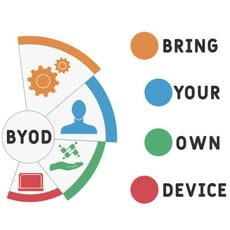Resources
Get insights, answers, and inspiration—all built to keep you ahead in tech.

04-09-2025

08-26-2024

08-12-2020

06-27-2018

10-24-2016